I love November because it’s Open House Hobart time!
This year, Lil Sis and I had a whole weekend of events planned. And to kick things off, on Friday I went to the architectural drawing class, which I wrote about on my other blog.
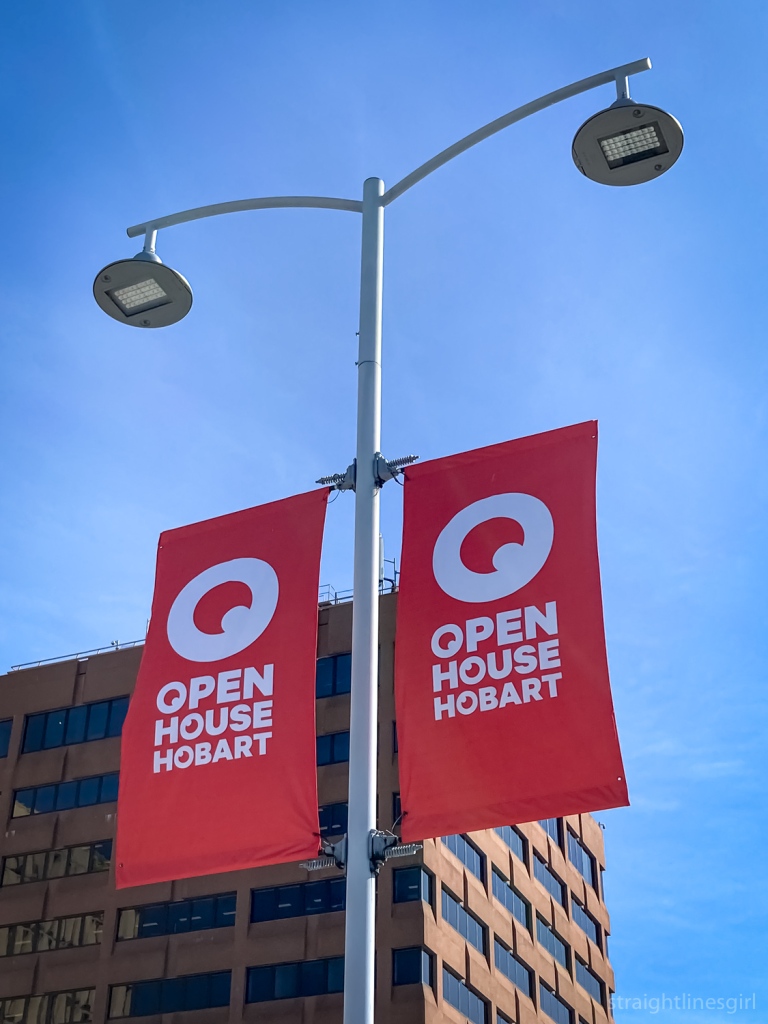
Our first tour was the Signs of Hobart tour, hosted by Brady Michaels. Brady has undertaken a massive trip around Australia to document signs, both well-known and obscure, before they disappear.
His book Signs of Australia was included in our tour registration.
The tour promised to “reveal the hidden and not-so-hidden secrets of Hobart’s built environment, viewed through the lens of vintage signage, advertising and design”.
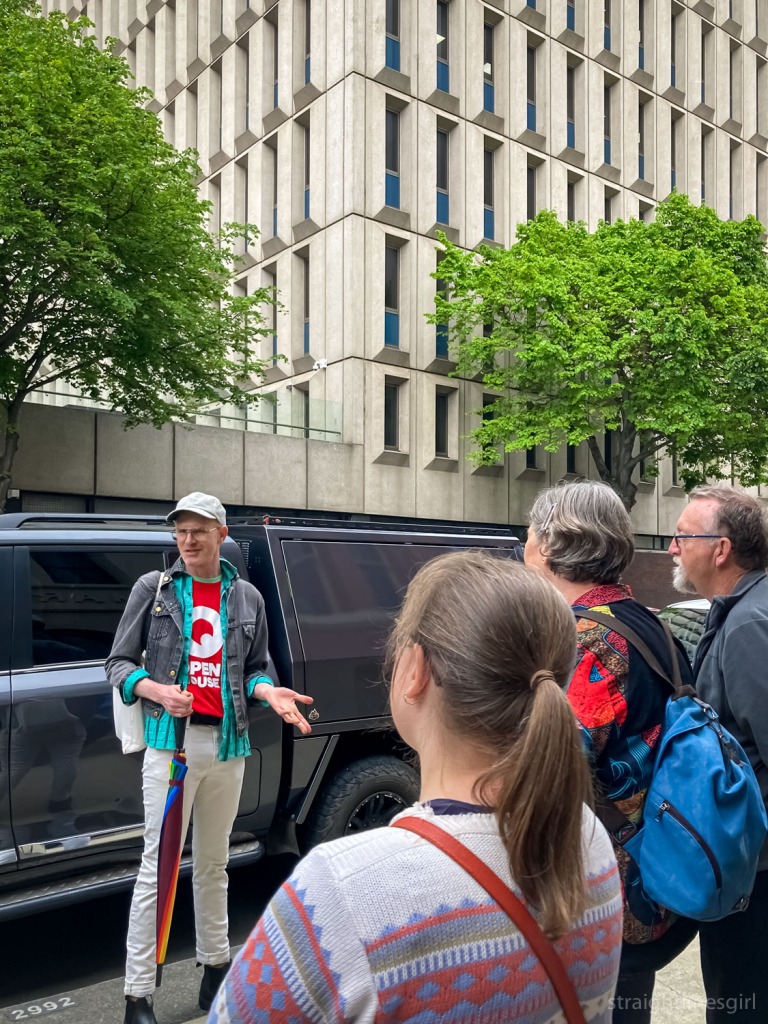
It was a one-hour (and a bit because these tours always run over time) walk around Hobart looking at some of the well known and lesser-known signs that adorn our streets, starting with the Gibson Flour Mill in Morrison Street.
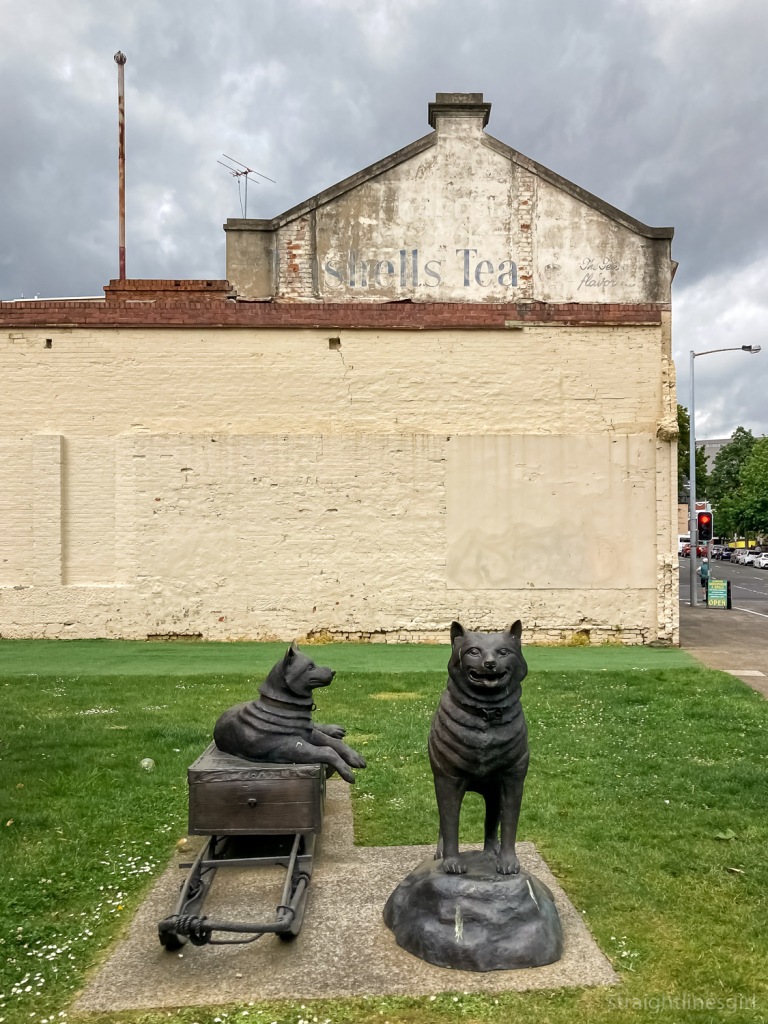
Continuing around to Argyle Street, we stopped to look at the Bushells Tea ghost sign, near the replica Mawson Huts. I think this is a fairly well-known ghost sign in Hobart but I didn’t know that these signs dated back to the 1950s, when tea’s mantle as the most popular drink in Australia was being challenged by coffee. Brady said where you find a Bushells sign like this, you are (or would have been) quite likely to find a Robur sign nearby, as it was the other popular brand of tea at the time.
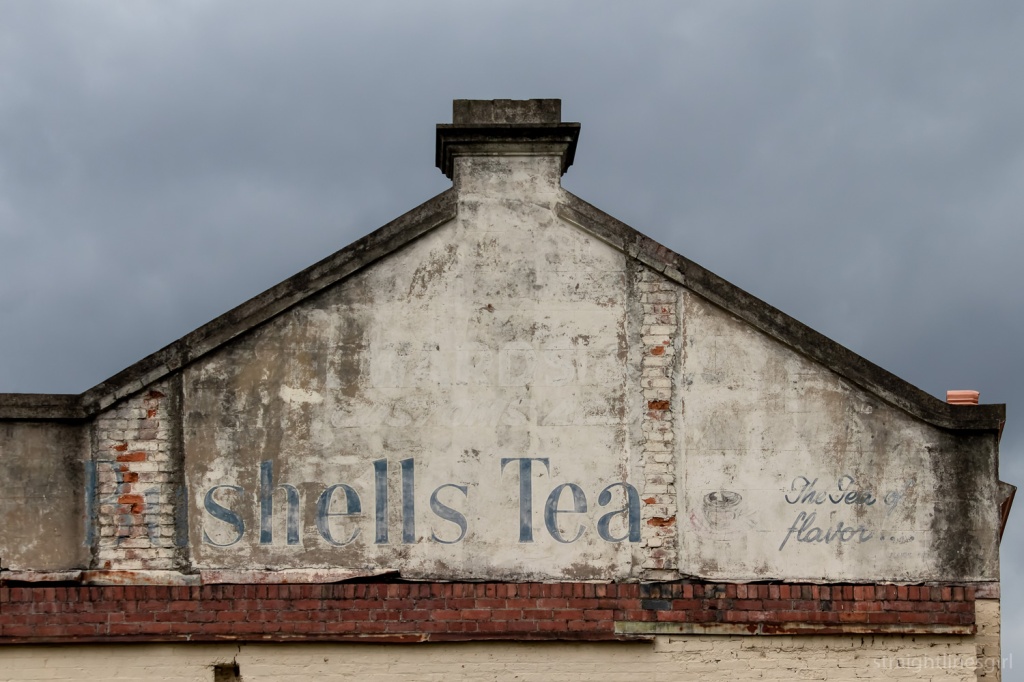
If you look very closely at this sign, there’s another sign underneath the white background, which looks like it might say something like “Wards Customs Ale” but it’s very hard to make out.
It was a treat to learn that one of our fellow walkers was the son of the sign writer who had made the Bushells sign! So we got an extra tour guide who had personal connections to many of the signs we stopped to look at, including the Colonial Mutual sign in Macquarie Street, which he had done himself.
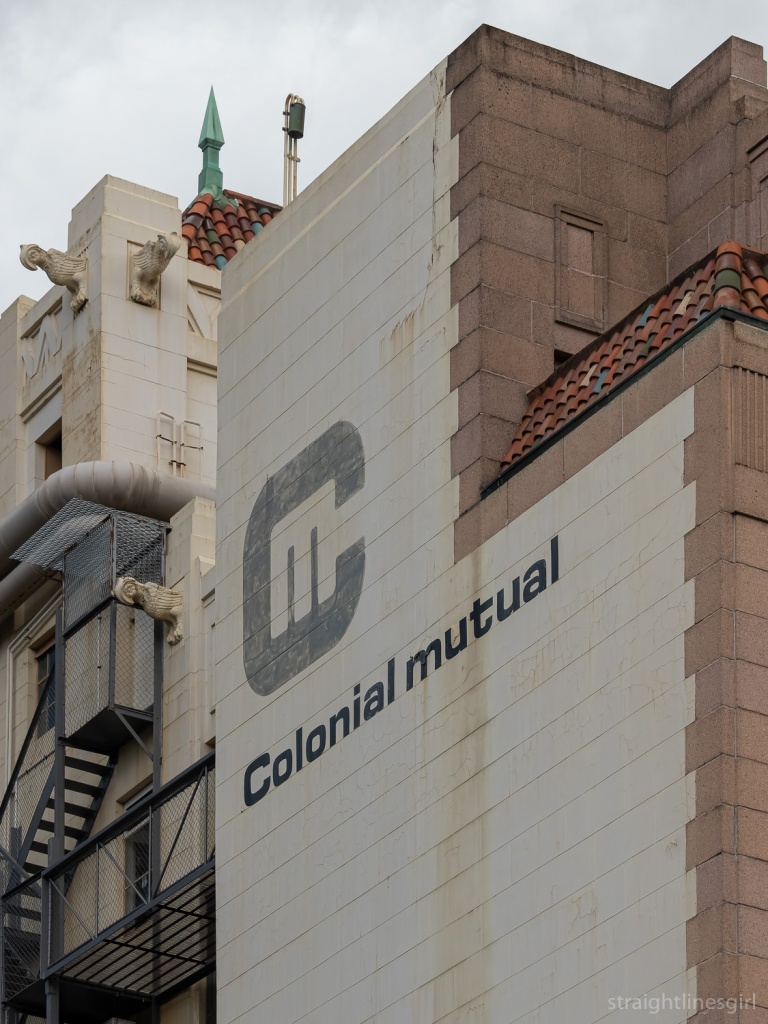
One of the cool signs we stopped by was a ghost sign I discovered a couple of years ago that marks the site of Hobart’s first public library in the Carnegie Building on the corner of Argyle and Davey Street. (This links nicely to one of Sunday’s tours.)
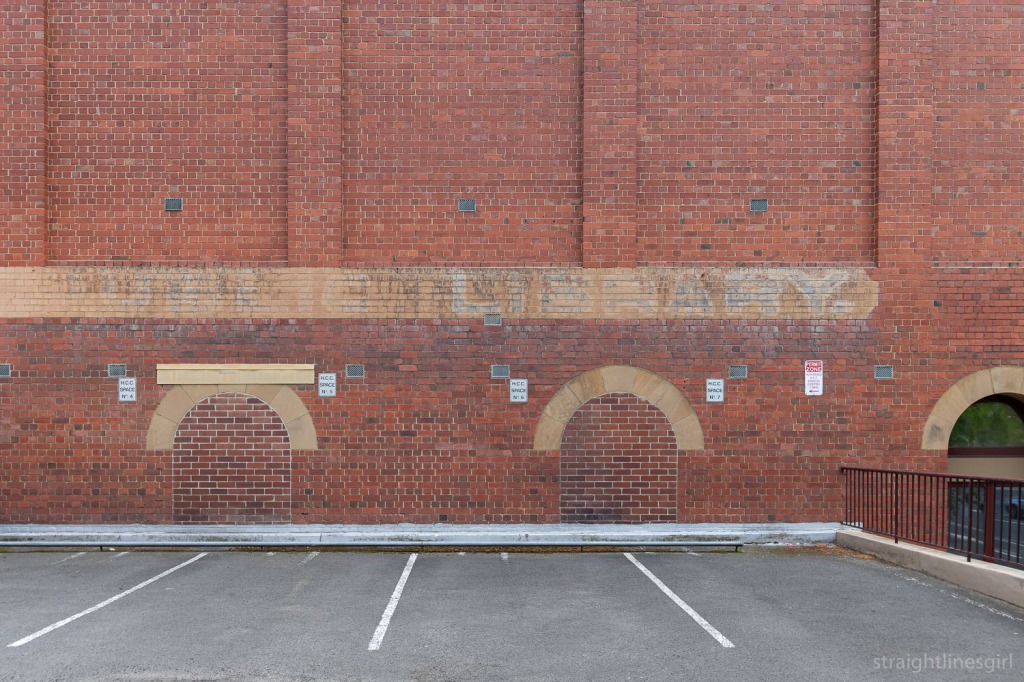
We made our way through the Elizabeth Street Mall stopping to look at some more signs along the way.
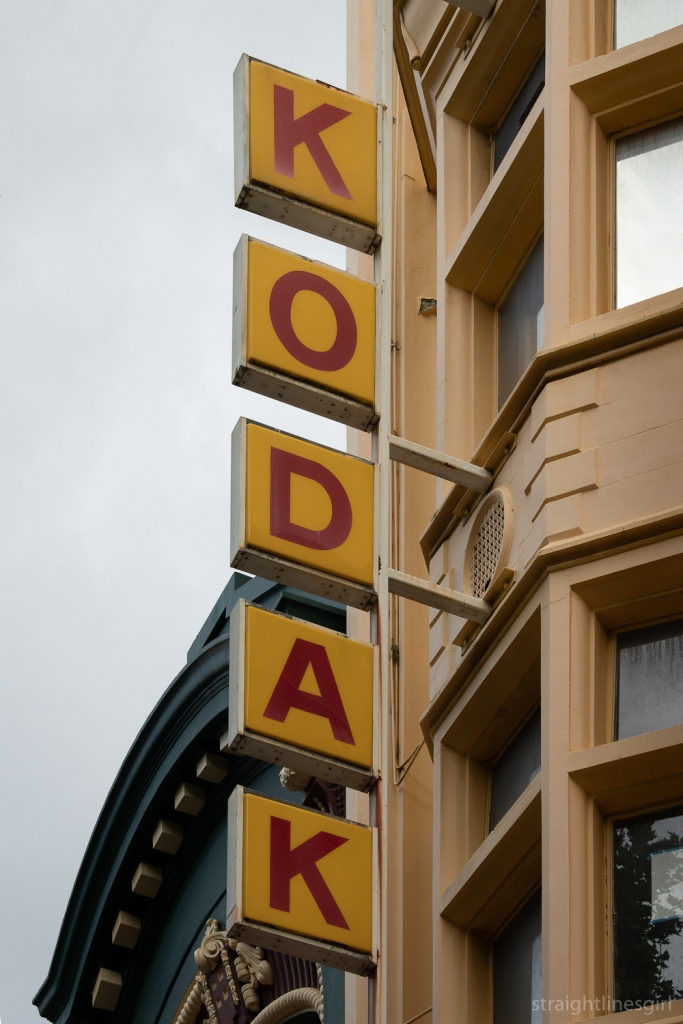
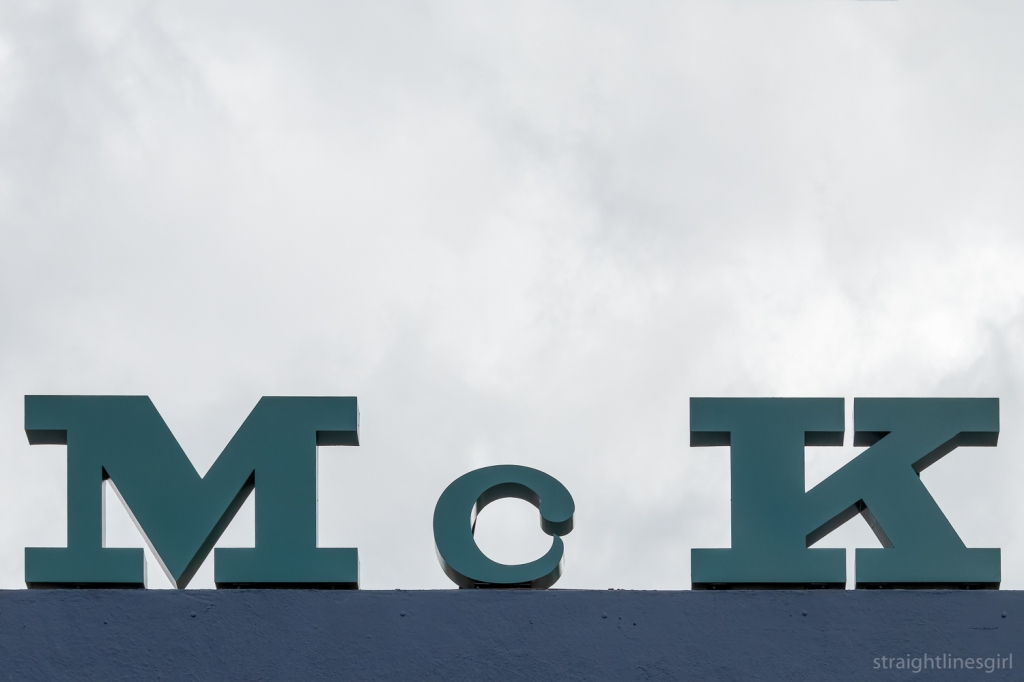
The beauty of tours like this is gaining a new appreciation of signs I already knew about, as well as seeing ones I must have passed by hundreds of times and never noticed, like this “Blazzers” sign. Brady thinks it was a coffee shop but no one remembers it.
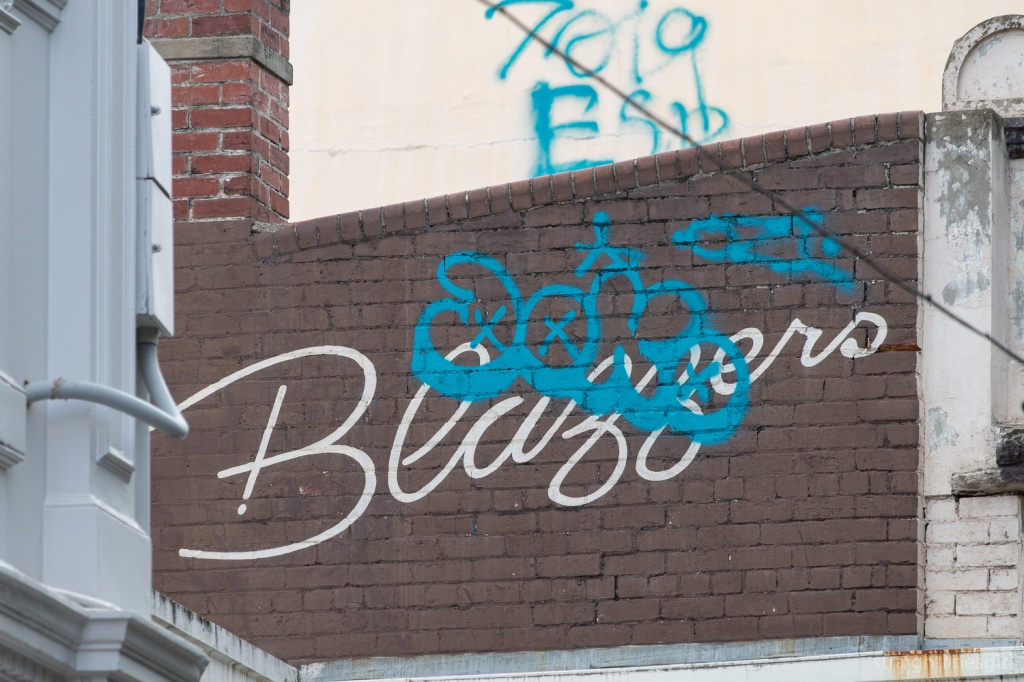
Brady noted that a some of the signs have been tagged, which is unfortunate. He said in other places, graffiti artists will leave old signs alone, but that doesn’t seem to be the case in Hobart.
I guess it adds another layer of history to them.
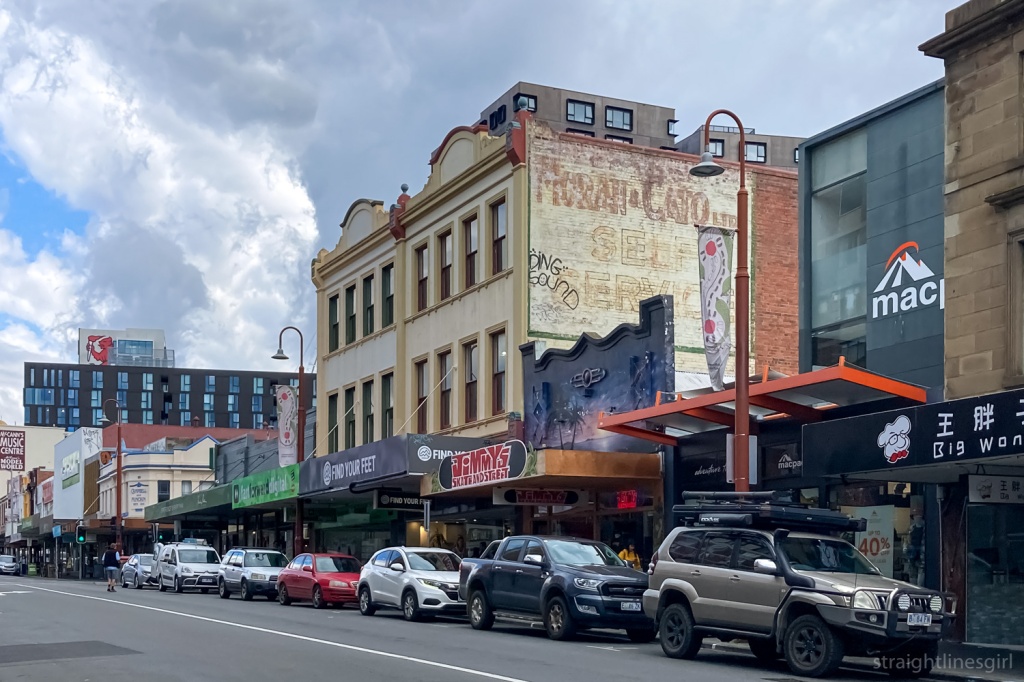
I’d always wondered about “Moran & Cato” from this sign further up Elizabeth Street
It turns out Moran and Cato was a chain of grocery stores established in the late 19th century, with stores across Tasmania in the 20th century competing with Colesworths. It converted most of its stores to self-service in the late 1950s and early 1960s, which gives a clue to the vintage of this sign.
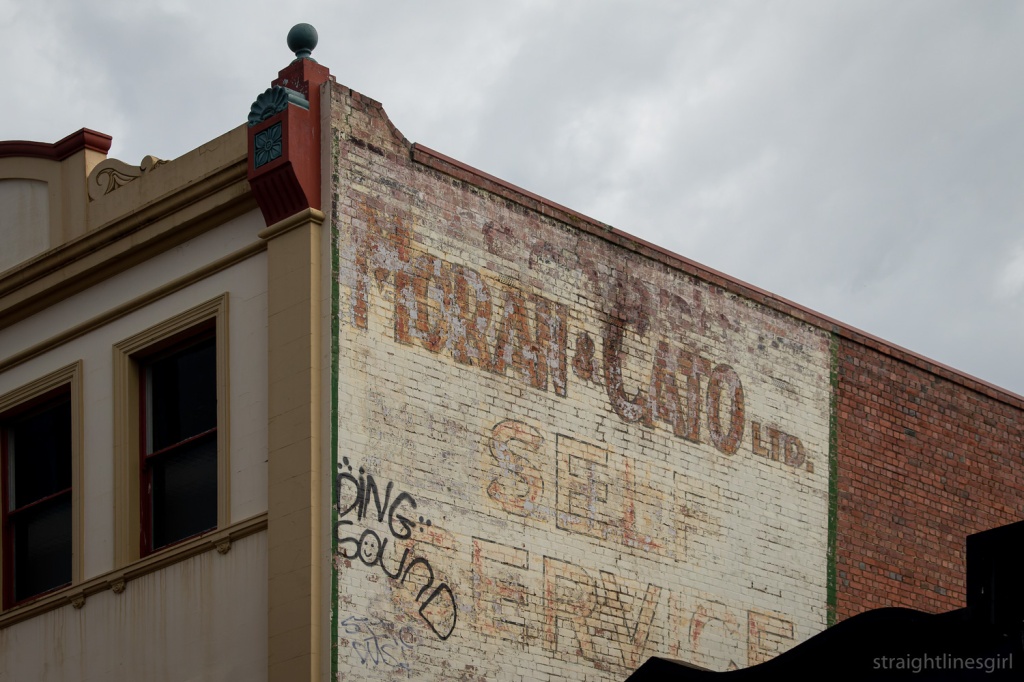
Just down the street from this building is this older ghost sign most likely from the Tasmanian Tribune, which appears to have been the local newspaper from 1872 to 1879.
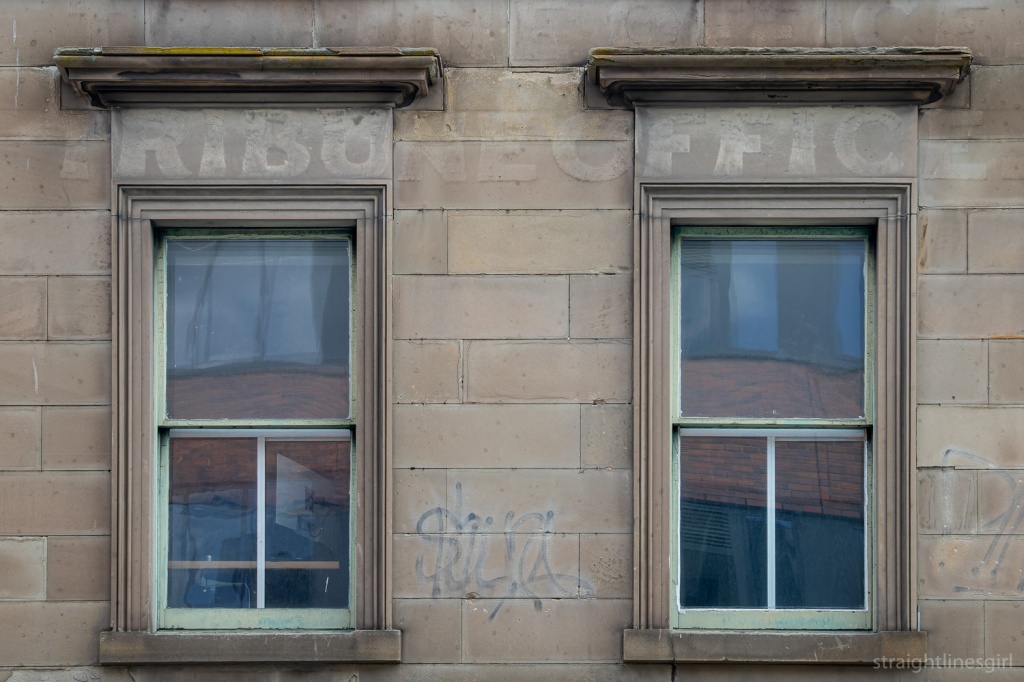
There’s some very cool signs along Liverpool Street, including the old Mona Lisa restaurant, which I’ve heard a lot of people in history groups reminisce about.
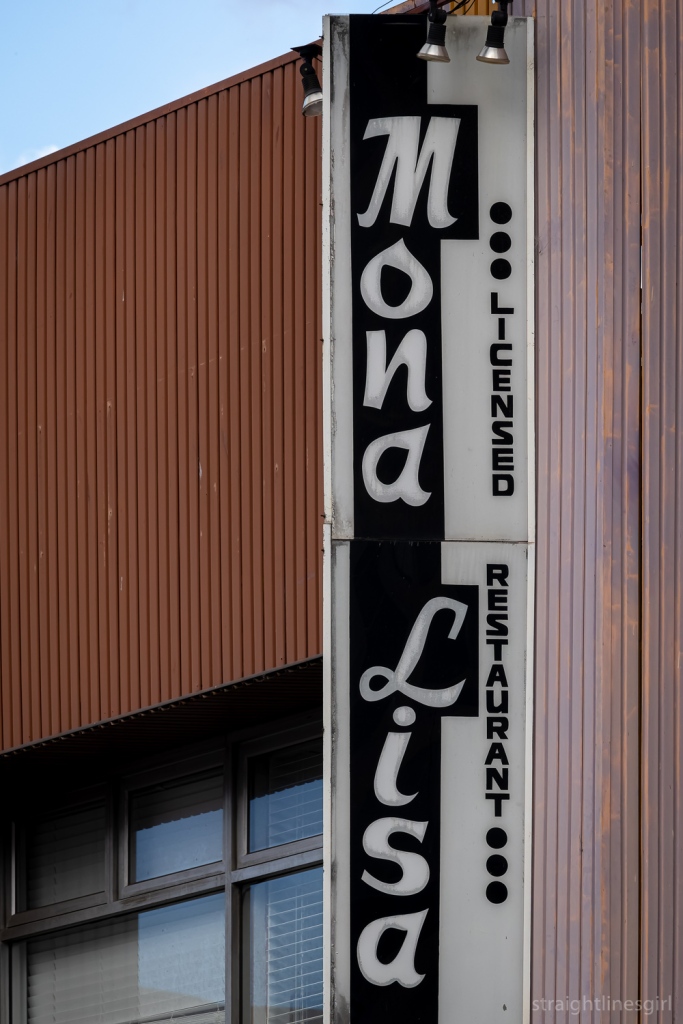
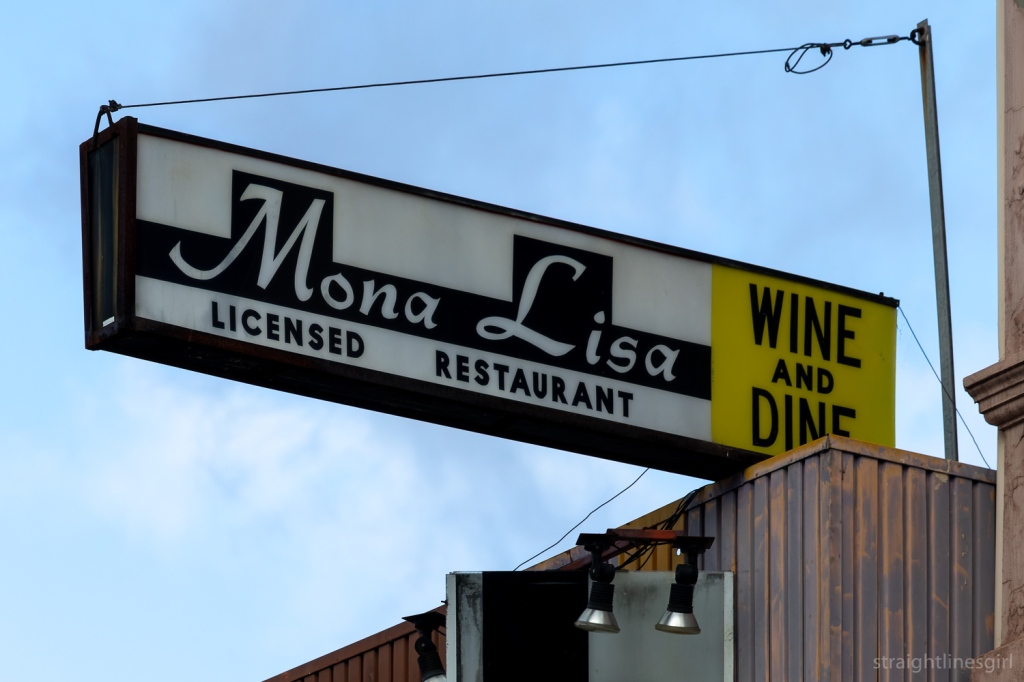
Liverpool Street is also home to the Odeon Theatre, formerly the Strand Picture Theatre, built in 1916.
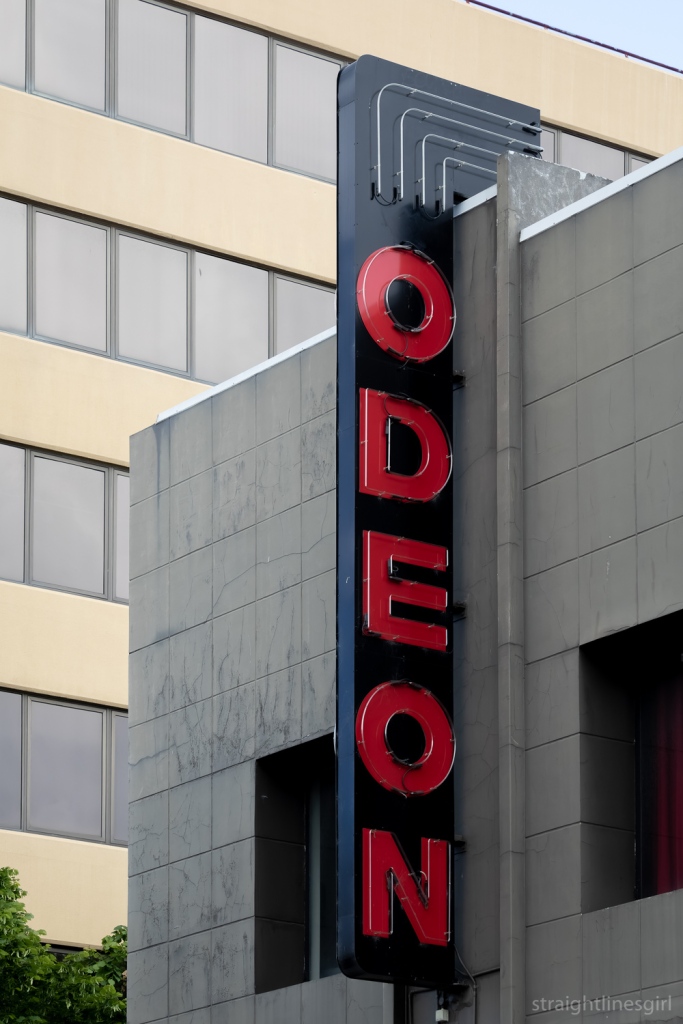
There are some other interesting signs on Liverpool Street and we stopped here to talk about some of them.
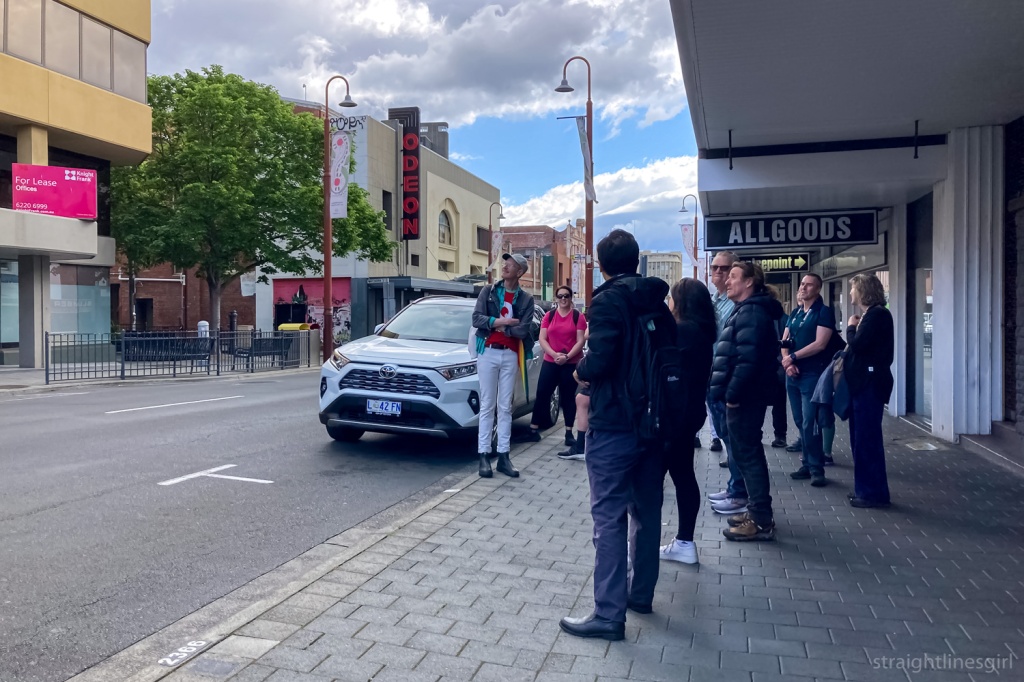
Our signwriter companion knew about this one, which I think he said was for a restaurant.
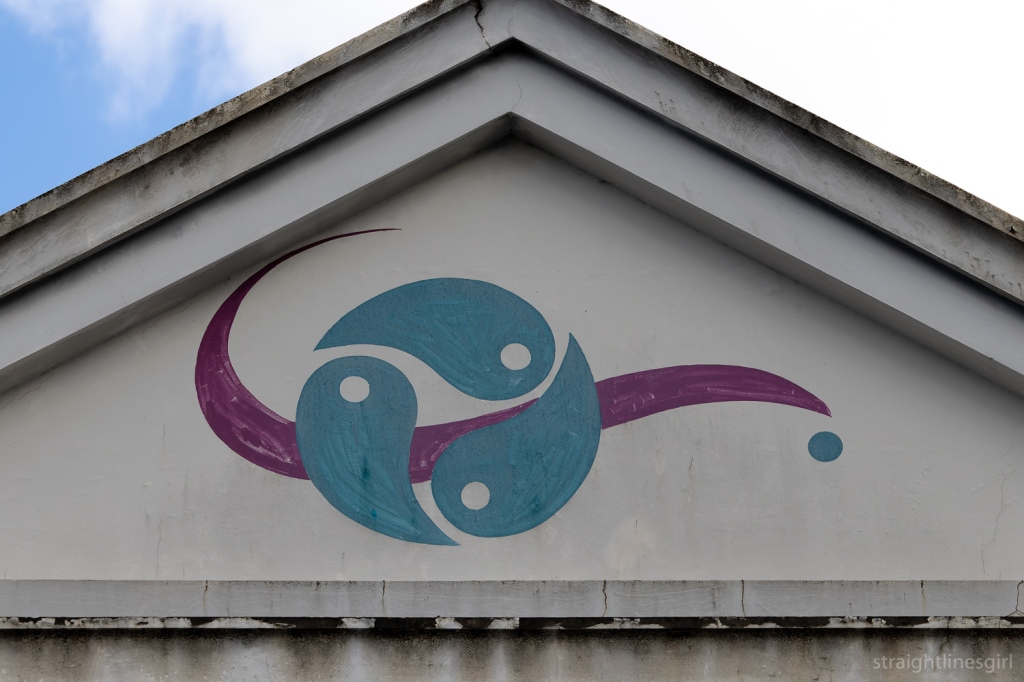
In the next block is the Zebra Stove Polish sign on sandstone, which isn’t a common surface for painted signs like this one. Brady said it was one of his early discoveries. He said he’d been having a meal in the Shamrock Hotel over the road, looked out the window and there it was.
Apparently, it looks better when it’s raining as the water brings more contrast out.
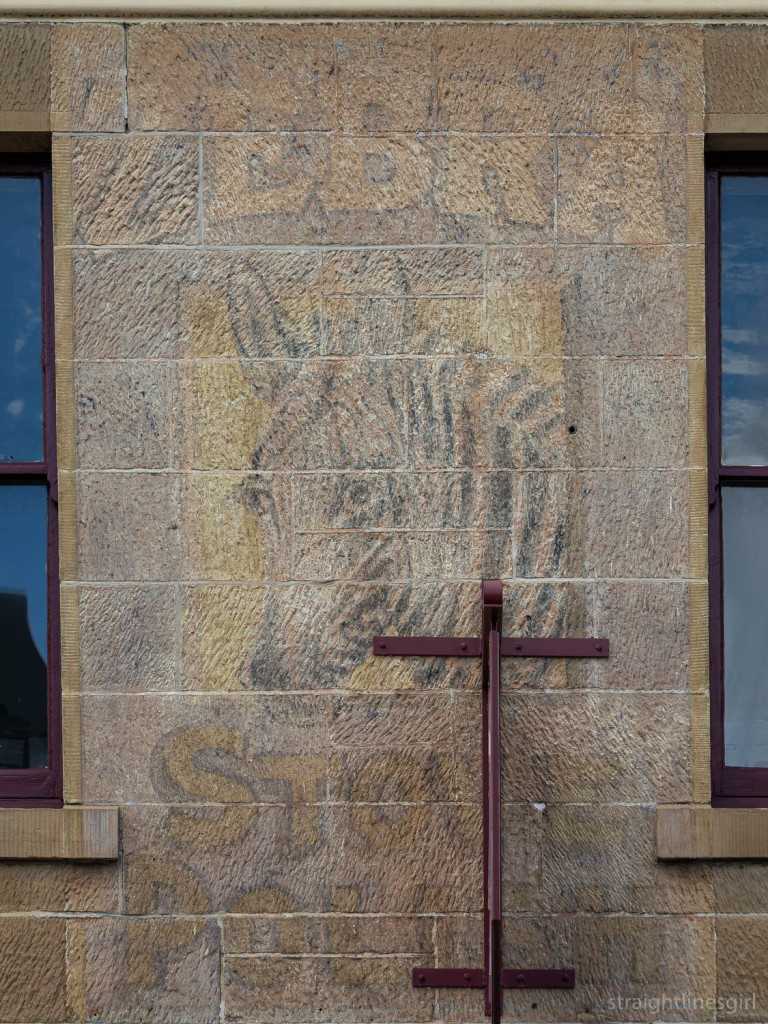
Zebra Stove Polish is, as you might imagine, polish for cast iron stoves
We need to start a campaign to get rid of the metal sign the current business has stuck right in the middle of it!
Our final stop was back on Macquarie Street, walking past the former public toilet block near the former Redline Coaches depot in Harrington Street, which someone accurately described as having been “a dump”.
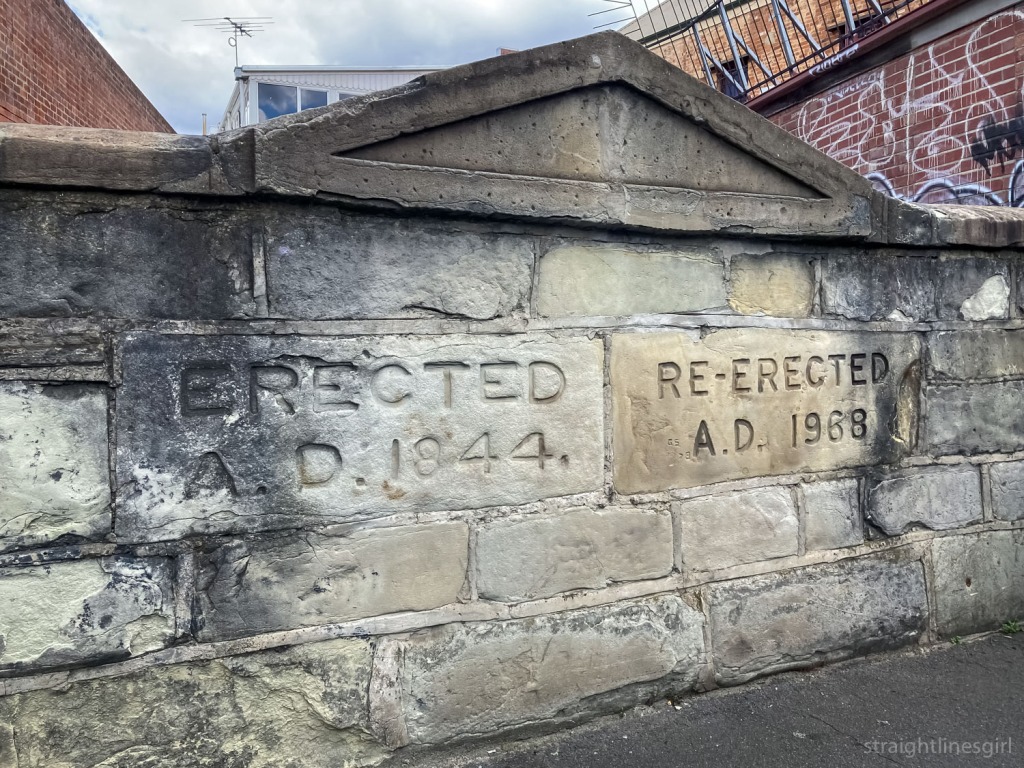
In this area of Macquarie Street, just up from Harrington Street, we had a minor medical precinct. Near the intersection is the Kevin Corby Pharmacy and its fancy neon light, and further up the street is another former pharmacy that used to (from memory) have a huge green and red neon sign that alternated NOW OPEN/24 HOUR or some such. It’s now the Australian Nursing and Midwifery Foundation office.
This one alternated between ‘Corby’ and ‘Chemist’.
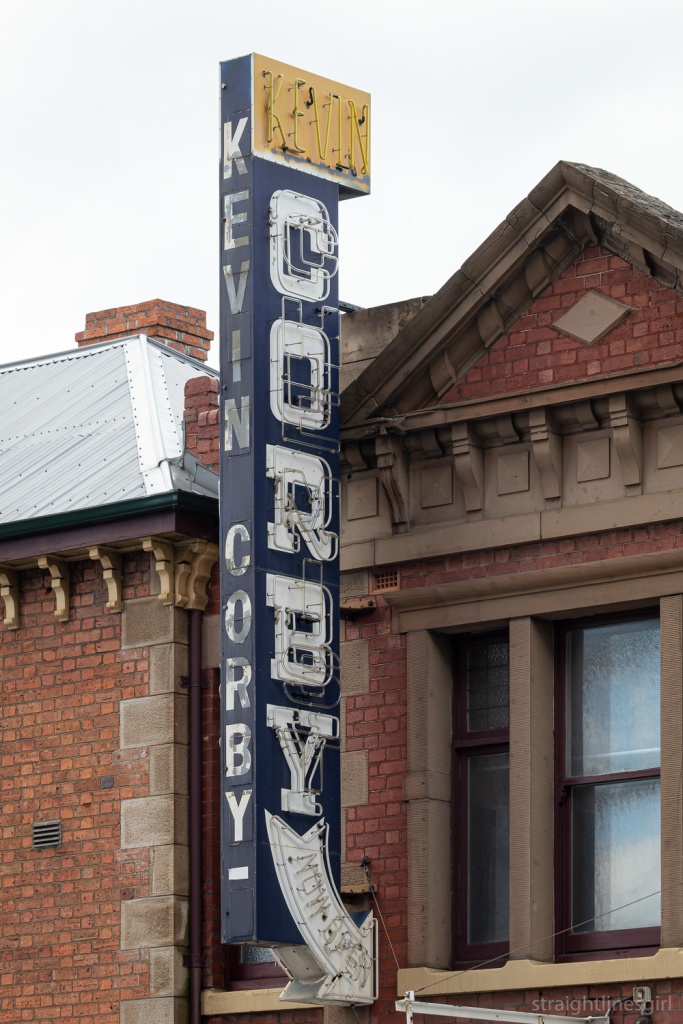
Brady recalled that the Kevin Corby sign was the first neon sign he’d ever seen, coming in to Hobart on evening from the Huon Valley as a kid.
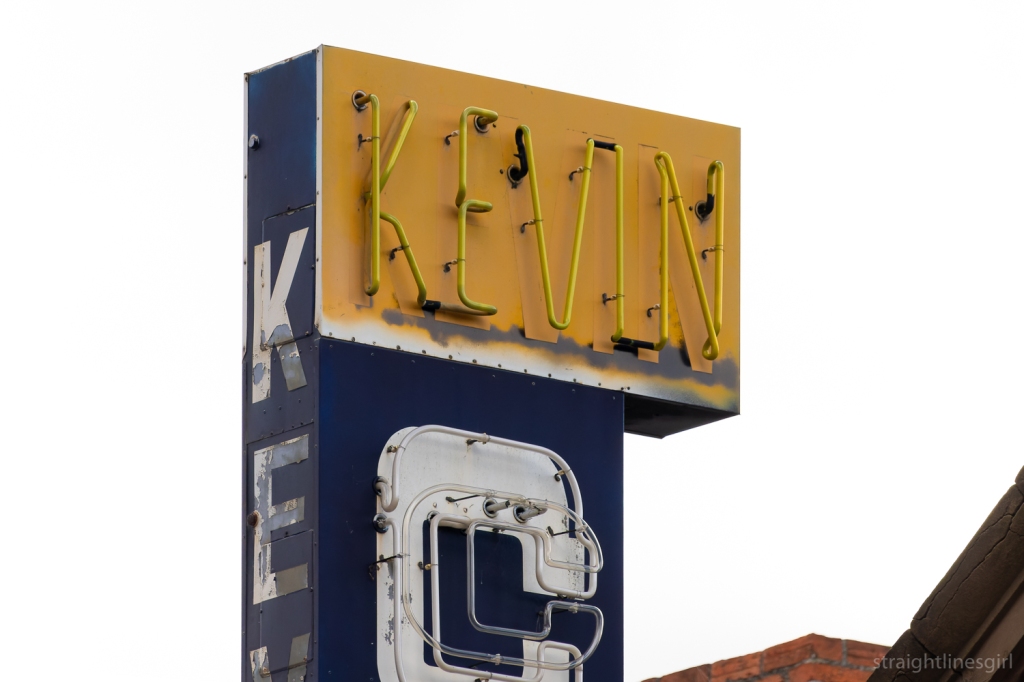
I can remember staying in the Travelodge across the road on a school trip once, so it’s most likely I saw this sign as a young person too, but I don’t have any memories of it from that far back!.
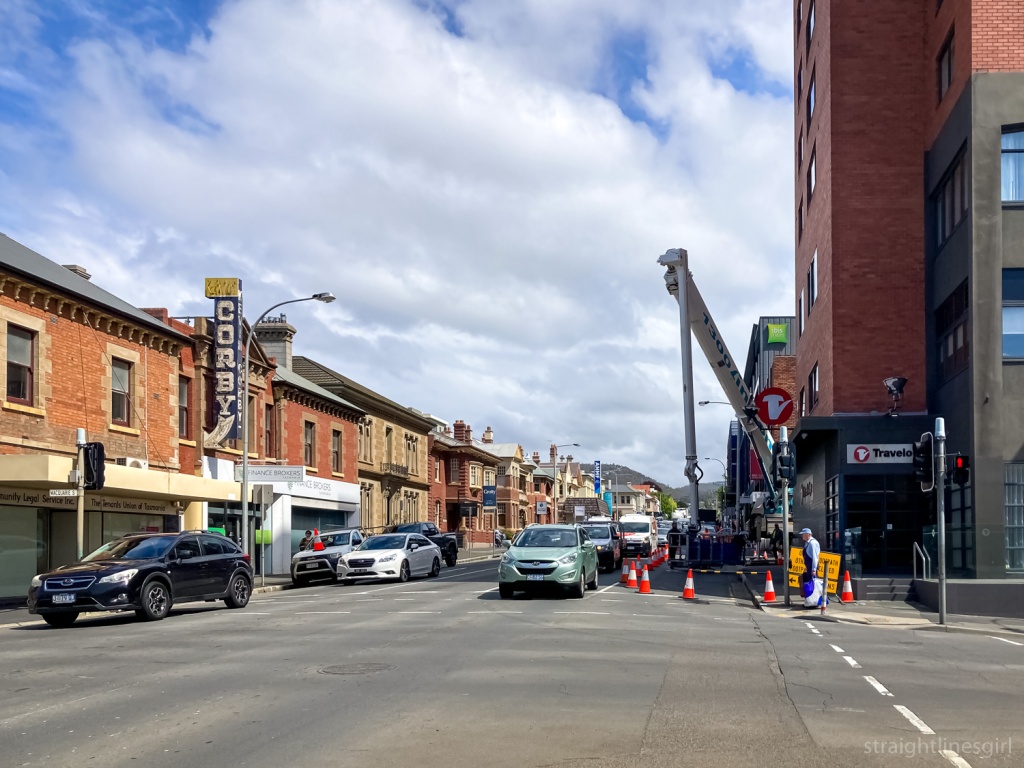
This was the end of the tour but we didn’t quite end there because some of us had to go back with Brady to OHH Central, to pick up our copies of the book.
So we had a chance to take in a couple more signs on the way, including more sandstone on the side of the Royal Tennis Courts, and the former Federal Coffee Palace in Murray Street, which is now Daci and Daci.
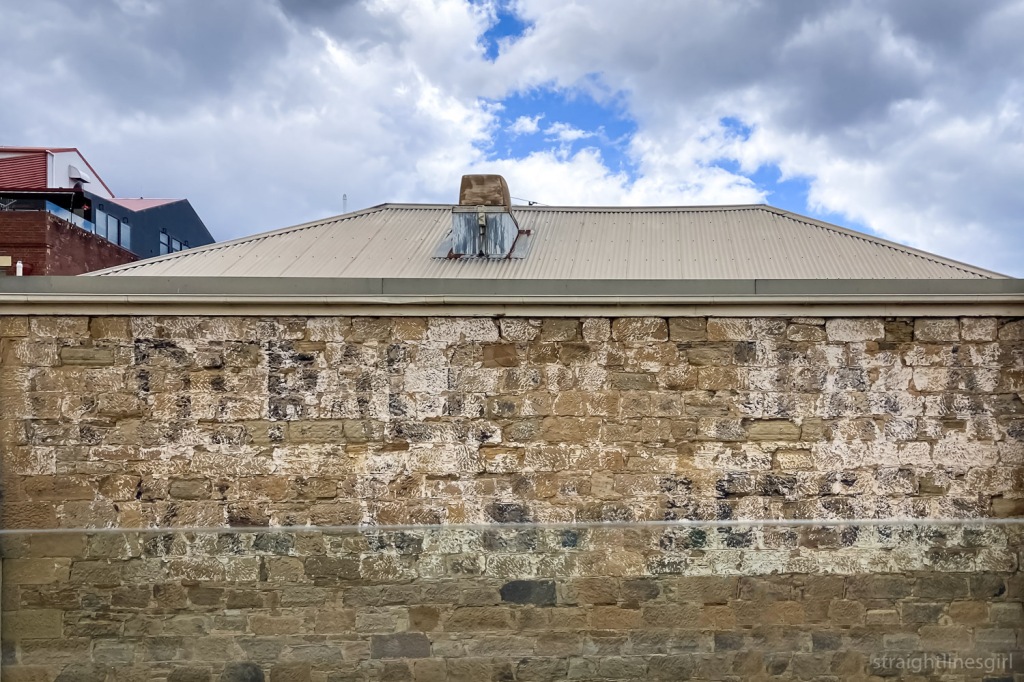
It was fitting to end the tour here, since we’d started the morning talking about the competition between tea and coffee in the 1950s.
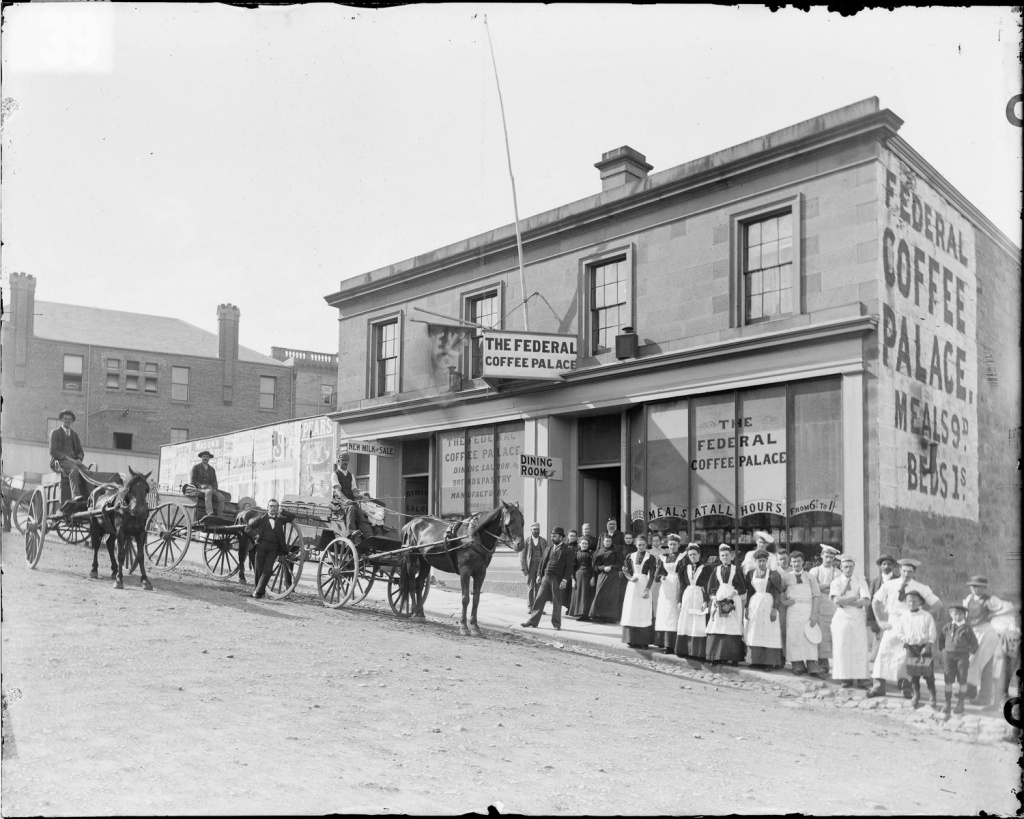
Coffee palaces were introduced by the Temperance movement, as a no-alcohol alternative to pubs, in the late 19th century. But from what I can tell, in Australia, no one drank coffee at that time; they all drank tea, so these establishments actually served tea. It doesn’t sound like they were wildly popular venues, so they didn’t last long and some of them actually ended up becoming hotels.
It was an interesting tour. I hadn’t really thought about it before, but these signs really do tell stories of our past. As the Signs of Australia website says, “They tell us who we are and how we got here, and they preserve a history of commercial sign writing and typography too.”
Thank you, Brady, for sharing your passion for this fascinating part of our history.


Pingback: open house hobart 2023—crisp & gunn | straightlinesgirl images
Pingback: Week 47/2023: Recovering and meeting the governor
Pingback: open house hobart 2023—railway roundabout fountain | straightlinesgirl images
Pingback: open house hobart 2023—the ABC building | straightlinesgirl images
Pingback: open house hobart 2023— the new spirit of modernism (part 1) | straightlinesgirl images
Pingback: open house hobart 2023— the new spirit of modernism (part 2) | straightlinesgirl images
Pingback: open house hobart 2023—some houses | straightlinesgirl images